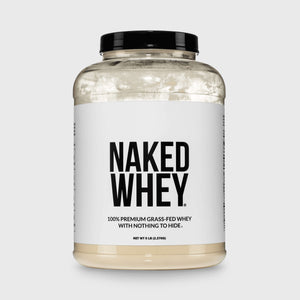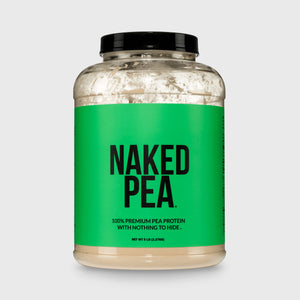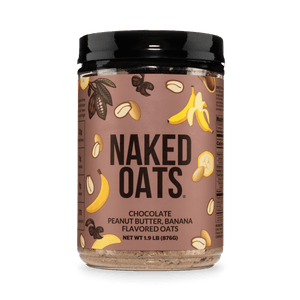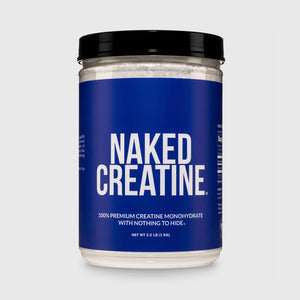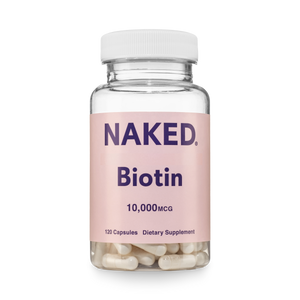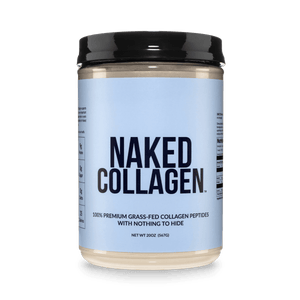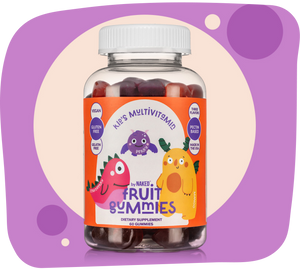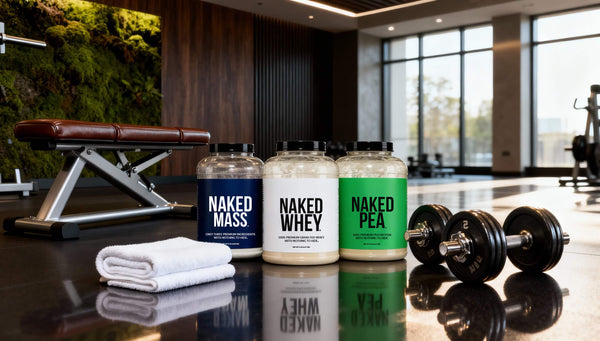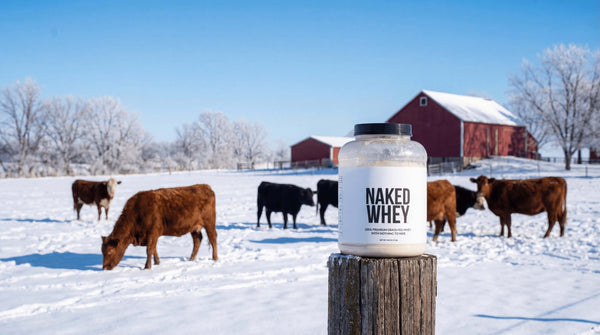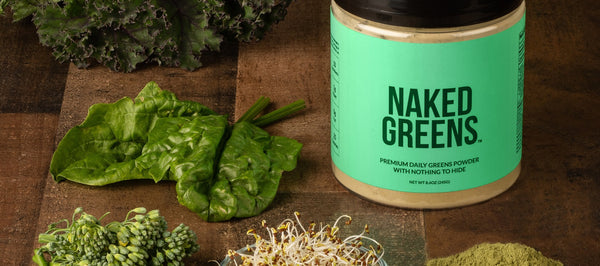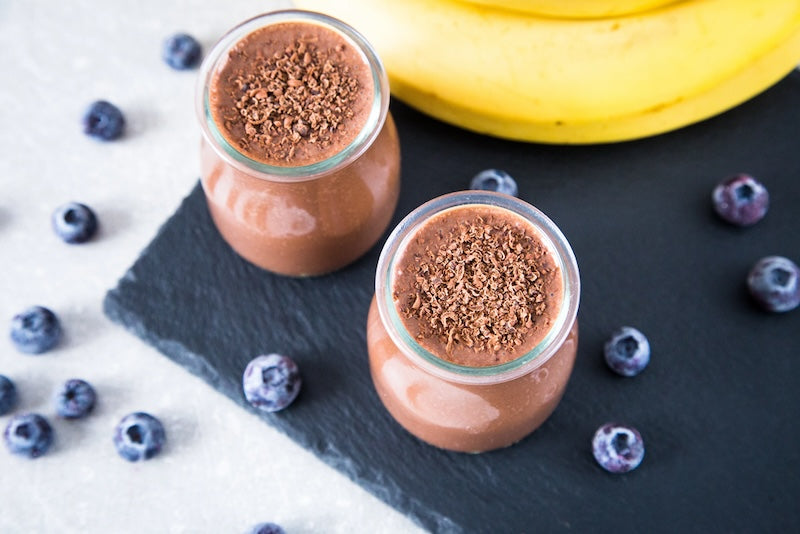Oatmeal has long been a go-to pre-workout meal for endurance athletes. Oats are packed with complex carbohydrates for sustained energy.
But, adding protein to your oats will give your pre-workout meal the nutritional boost you need to boost your gains in the gym, on a run, or however and wherever you train.
Learn why protein oats are the perfect pre-workout meal below.
Nutritional Benefits of Protein Oats
Protein oats marry two key nutritional needs for athletes: complex carbohydrates for sustained energy and protein for muscle growth and repair.
According to the USDA, a one-packet (42 grams) serving of regular instant oatmeal offers 27.5 grams of carbs, of which 4 grams are fiber and less than one gram is sugar. There are 6.6 grams of protein.
According to the USDA, a one-cup (81 grams) serving of dry raw oats provides 307 calories, 55 grams of carbs, 8.2 grams of fiber, and less than 1 g of sugar. There are nearly 11 g of protein.

Importance of complex carbs for sustained energy
During high-intensity exercise, such as weightlifting, running, cycling, HIIT, and CrossFit workouts, the muscles rely primarily on glucose and glycogen for fuel.
Glucose is blood sugar and glycogen is the storage form of carbohydrates in the body.
This is why it’s important to fuel with carbohydrates in pre-workout meals—carbs provide the energy your muscles need to support your workouts.
Complex carbohydrates provide sustained energy rather than a rapid boost and then crash.
Role of protein in muscle support and recovery
Protein is essential for recovery from workouts. All proteins are formed from amino acids. Proteins that we eat are broken down into amino acids that the body can then reassemble into different proteins.
Skeletal muscle is formed from protein, so amino acids can be used to repair and rebuild muscle tissue after training.
Proteins are also essential components of other tissues and they form enzymes, which help carry out chemical reactions in the body.
Therefore, it’s crucial to provide the body with ample protein before and after workouts to fuel and recover properly.

Sustained Energy Release
Oats provide complex carbohydrates, which are called polysaccharides.
Unlike simple sugars—which are formed by just one or two sugar molecules, bonded together—these complex carbohydrates take much longer to break down.
Complex carbohydrates are starchy and typically contain fiber.
Note that protein oats made from quick oats or sugary oatmeal packets will have less fiber and protein than protein oatmeal made from whole-grain oats.
How the fiber in oats provides slow-releasing energy
The fiber in oats absorbs water and swells in the digestive tract, forming a thick gel.
This gel helps delay gastric emptying, or the time it takes the food to move on in the digestion process. In this way, oats made from whole grains can improve satiety.
The gel-like fiber also slows the release of glucose (sugar) into the bloodstream, so that you don’t get a sudden sugar rush or spike in blood sugar, as you might after consuming candy or a big glass of juice.
When blood sugar rises quickly, insulin is released in large amounts from the pancreas.
This can cause you to feel lethargic as insulin stimulates the cells in the body to take up the circulating sugar. If too much blood sugar is pulled out of circulation quickly, you’ll experience the dreaded blood sugar crash, despite having consumed a high-carb meal or snack.
There is even some evidence to suggest that oats may help improve insulin sensitivity, which is thought to be due to the beta-glucan fiber.
Finally, another benefit of the fiber in oats is that beta-glucan is a prebiotic fiber that feeds the beneficial bacteria in your gut.

Benefits of steady blood sugar levels during workouts
Having steady blood sugar levels during a workout will help you perform optimally without feeling dizzy, hypoglycemic, or jittery.
Your muscles will have a sustained source of glycogen to break down.
Enhanced Muscle Recovery
Oats themselves are not particularly high in protein.
This is why adding protein to your oatmeal is a great way to boost the protein content in your pre-workout oats.
Importance of protein for muscle repair
As mentioned, protein provides the amino acids used to repair and rebuild muscle tissue.
This allows you to not only recover from work workouts, but also support new muscle growth.

How protein oats provide a balanced amino acid profile
Though oats themselves aren’t super high in protein, they do provide a good balance of essential amino acids.
Protein oats made with protein powder such as whey protein, casein protein, or egg provide a balanced amino acid profile because these complete proteins offer all of the essential amino acids.
Make sure you use a high-quality protein powder in your protein oat recipes.
Customizing Protein Oats for Your Workout
You can customize protein oats for your workout based on your caloric needs, taste, preferences, macro, goals, and the type of workout you are doing.
Adding ingredients like fruits, nuts, and seeds for extra nutrients
Adding ingredients such as nuts and nut butter, seeds, and fruits, can provide additional antioxidants, healthy fats, vitamins, and minerals.
They can also enhance the taste and texture profile.
You can check out our blueberry cobbler protein oats if you want a crave-worthy protein oats breakfast.
Adjusting protein levels with powders or yogurt

You can adjust the amount of protein powder used in your protein oats based on how much protein you desire.
Greek yogurt or cottage cheese can also provide additional protein and calcium, as well as enhance creaminess.
You can also make protein oats with milk to increase the protein content, or use water if you are looking for a lower-calorie, lower-protein option.
Plant-based milks are options for those with dairy sensitivities, though many of these alternative milks do not provide as much protein.
Conclusion
Protein oats provide the energy-boosting complex carbohydrates from oats along with muscle-building amino acids. Protein oatmeal provides a more balanced macro ratio to prevent blood sugar crashes and keep you fueled for longer workouts.
You can tailor your protein oats based on your nutritional needs, taste preferences, and planned workout by choosing a variety of toppings and mix-ins.
